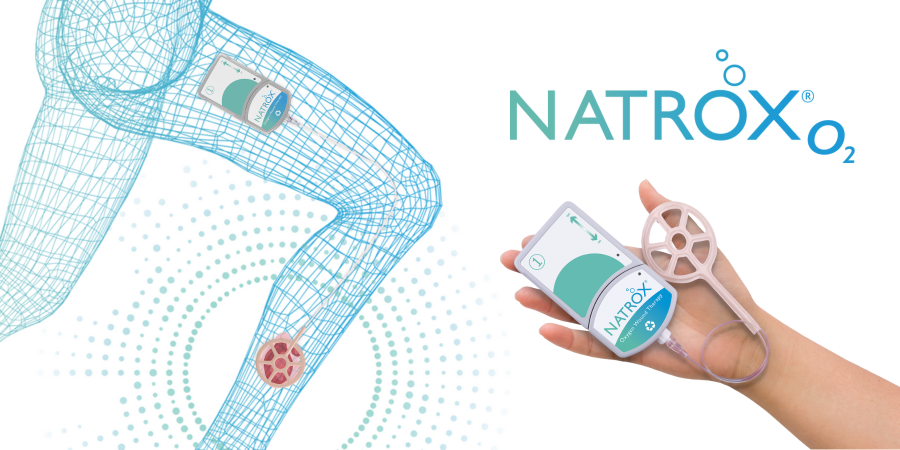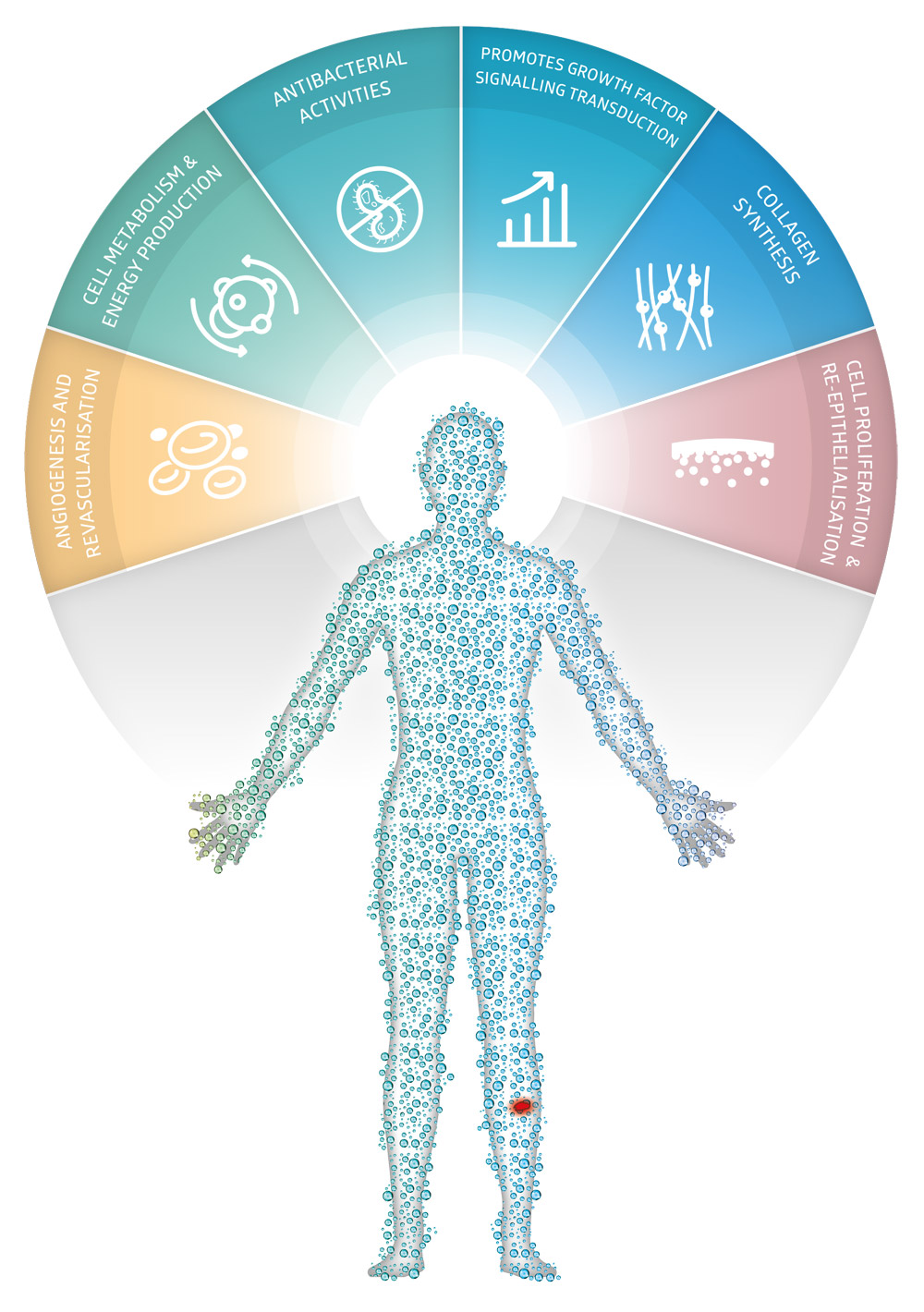
NS Healthcare is using cookies
We use them to give you the best experience. If you continue using our website, we'll assume that you are happy to receive all cookies on this website.
ContinueLearn More X
We use them to give you the best experience. If you continue using our website, we'll assume that you are happy to receive all cookies on this website.
ContinueLearn More XPress
Release
NATROX® Wound Care, a leading innovator in wound care solutions, is pleased to announce the Ministry of Food & Drug Safety (MFDS) has granted approval to ship and sell its groundbreaking product NATROX® O₂ topical oxygen therapy into South Korea. A newly added NATROX® distribution partner in South Korea, KOVE Inc., was instrumental in getting the product registered in its country. This milestone marks the first time patients in South Korea will access this leading-edge medical device, bringing new hope to those suffering from chronic wounds.
“We’re thrilled to introduce NATROX® O₂ to the South Korean market together with our new partner, KOVE,” said Craig Kennedy, CEO of NATROX® Wound Care. “This marks a significant milestone in our journey to revolutionize wound care on a global scale. We’re confident NATROX® O₂ will be a game-changer for wound care in the country.”
MFDS approval paves the way for groundbreaking wound therapy
The MFDS registration for NATROX® O₂ is of paramount importance, as it represents a significant endorsement of the product’s safety, efficacy, and quality. With this approval, the life-changing therapy will now be available to patients in South Korea, offering an innovative solution to address chronic wounds that have remained a challenge for clinicians.
“Partnering with KOVE is a pivotal step in our Korean strategy. Their belief in NATROX® O₂ and their commitment to improving patient outcomes align perfectly with our mission, and we’re excited to embark on this transformative journey together,” said Lamine Guendil, General Manager of Asia at NATROX® Wound Care.
Kickstart healing: Unleashing the power of oxygen for faster wound recovery
NATROX® O₂ is a medical device that utilizes oxygen to stimulate wound healing. Compact, easy to use, and wearable, it delivers low-flow oxygen directly to the wound 24/7, making it suitable during any phase of wound healing. Compatible with almost any standard secondary dressing, NATROX® O₂ has shown remarkable results in a recent clinical study, with patients experiencing a 71% greater chance of healing¹ and a 73% greater reduction in wound size¹ when using the therapy.

How NATROX® O₂ can ease the healthcare burden in South Korea
Non-healing wounds pose an economic and social burden for individuals, families, and healthcare systems across the world. It is predicted that figures will rise as the elderly and diabetic populations increase. The percentage of the population aged 65 and older in South Korea has steeply increased from 3.8% in 1980 to 12.7% in 2016, and is estimated to reach 24.3% in 2030.2 The International Diabetes Federation estimates that the diabetic population in South Korea will also increase to nearly 11% by 20303 adding to the demand on medical resources.
Studies show that diabetics carry a 15-25% risk of developing a diabetic foot ulcer (DFU) in their lifetime.4 DFUs are the major cause of nontraumatic amputation and have a strong correlation with increased morbidity and mortality.5 By gaining access to NATROX® O₂, patients will have the chance to heal from chronic wounds more effectively, improving their quality of life and reducing healthcare costs associated with prolonged wound care treatments.
Why oxygen is key to healing
Oxygen plays a vital role in the wound healing process, and a growing body of evidence has demonstrated its importance in enabling successful recovery⁵-10. Chronic wounds often result from low oxygen levels in the tissue, a condition known as “local hypoxia,” which compromises the healing process or leads to non-healing wounds. However, a recent randomised clinical trial of NATROX® O₂ on DUFs demonstrated a significantly higher healing rate at 12 weeks¹ compared to gold standard of care (71% greater healing rate compared to SOC control¹.)

Global stamp of approval: Topical oxygen therapy takes centre stage in wound care
The MFDS approval in South Korea comes on the heels of the International Working Group on the Diabetic Foot (IWGDF) endorsing topical oxygen therapy as an accepted intervention for treating non-healing DFUs11 in their new 2023 guidelines. Additionally, the American Diabetes Association (ADA) recently gave topical oxygen therapy an “A” grade12 at the end of 2022, further encouraging clinicians to use this therapy modality for the treatment of chronic wounds.
As the company forges ahead, NATROX® Wound Care remains committed to empowering clinicians with innovative and effective solutions. The team stands behind its mission to help every patient, regardless of location, gain access to advanced wound care technologies that can make a transformative impact on their lives.
“To the clinicians on the frontlines and the patients they serve, we stand with you in this pursuit of healing and hope,” said Kennedy. “Together, we embark on a journey to improve patient outcomes and redefine the standard of care in wound healing.”
For more information about NATROX® O₂ topical oxygen therapy and how it can revolutionize wound care, explore: https://bit.ly/NO2therapy.
References: